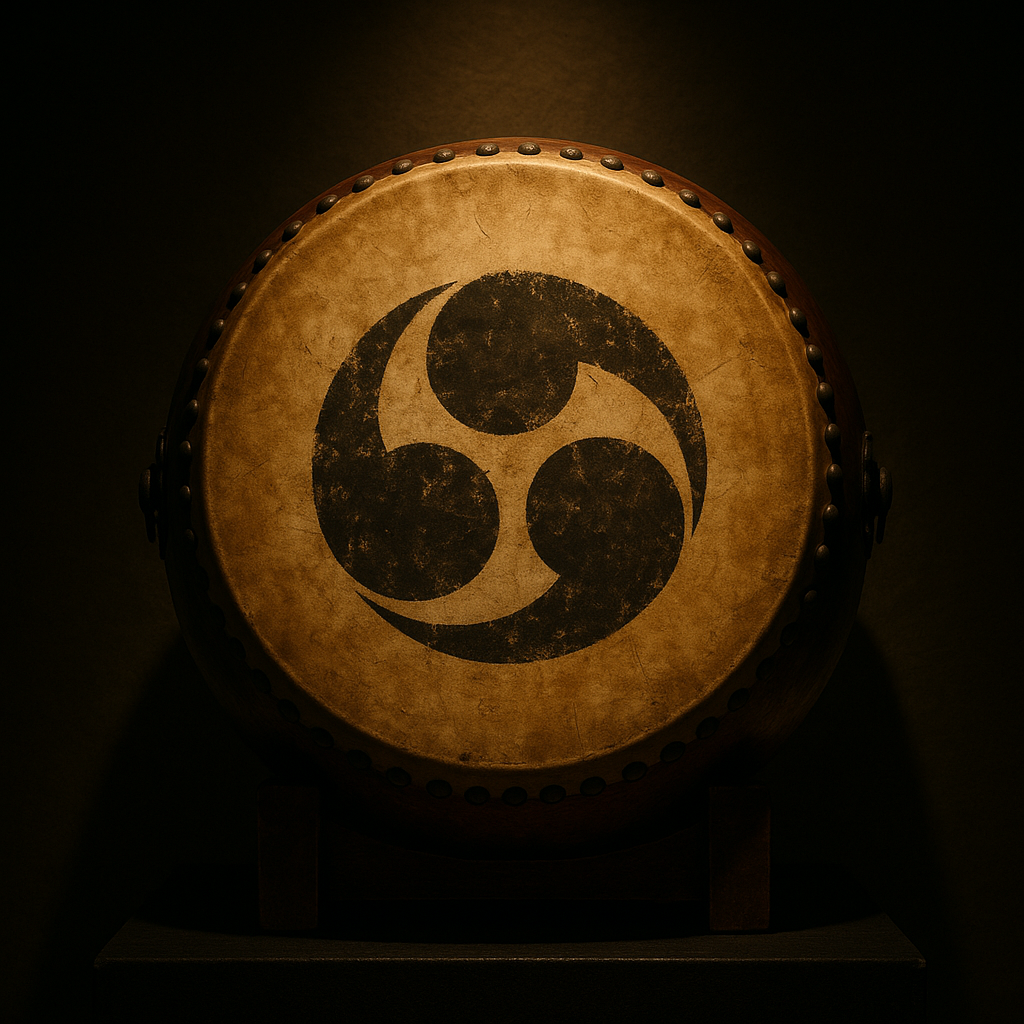
Kamakura Period
Bushido and Broken Temples: The Kamakura Period’s Warrior Rule and Spiritual Revolutions

Bushido and Broken Temples: The Kamakura Period’s Warrior Rule and Spiritual Revolutions

At the end of our last episode, the elegant world of the Heian court literally sank into the sea at Dan‑no‑ura. The Genpei War washed away the Fujiwara’s scented sleeves and left behind muddy boots and broken arrows. Emerging from this chaos was Minamoto no Yoritomo, who chose not to move into the old palaces of Kyoto but instead built a new seat of government far to the east in Kamakura. It was as if England’s government abandoned London for a fortified cliff in Cornwall. Thus begins the Kamakura period (1185–1333), an era defined by warrior rule, foreign threats and spiritual transformation. While the Heian court had perfected the art of miyabi—refined courtly elegance—its neglect of the provinces allowed warrior families to accumulate power. Yoritomo and his followers were not novices; they had fought for their lives and lands during the Genpei War. They valued loyalty, discipline and martial skill over poem composition. Yet even as warriors seized power, new philosophies of Zen and Pure Land Buddhism offered solace, and law codes sought to bring order to an increasingly fractious society. The Kamakura period is therefore a study in contrasts: austere, pragmatic governance paired with an intense search for spiritual meaning; brutal civil wars followed by contemplative tea ceremonies; and foreign invasions repelled by storms hailed as kamikaze, or divine winds.
The Kamakura period stands out as a turning point in Japanese history. It dismantled the aristocratic monopoly on power and placed samurai values at the heart of governance. Its leaders crafted pragmatic legal codes, repelled the largest invasion force Japan would see until the modern era and fostered religious movements that still resonate. Yet the same factors that ensured its success—decentralised landholdings, warrior loyalty networks and reliance on martial virtue—also sowed the seeds of its collapse. When external threats dissipated and internal grievances festered, the bakufu proved unable to adapt. The Kenmu Restoration briefly promised a return to imperial splendour, but the Ashikaga shogunate quickly replaced one military ruler with another. Tracing our narrative from the Jōmon hunters through Yayoi rice farmers, Kofun mound builders, Asuka reformers, Nara temple patrons, Heian courtiers and now Kamakura warriors reveals an enduring theme: Japan constantly reinvented itself in response to challenges. Each era borrowed from its predecessors and from abroad, creating new institutions and cultures. The Kamakura period’s fusion of Zen discipline, Pure Land piety and martial ethos would echo through the centuries, influencing everything from garden design to Bushidō. As we look ahead to the Muromachi period, keep an eye on those Ashikaga generals who found opportunity amid the ruins of Kamakura. The story is far from over.